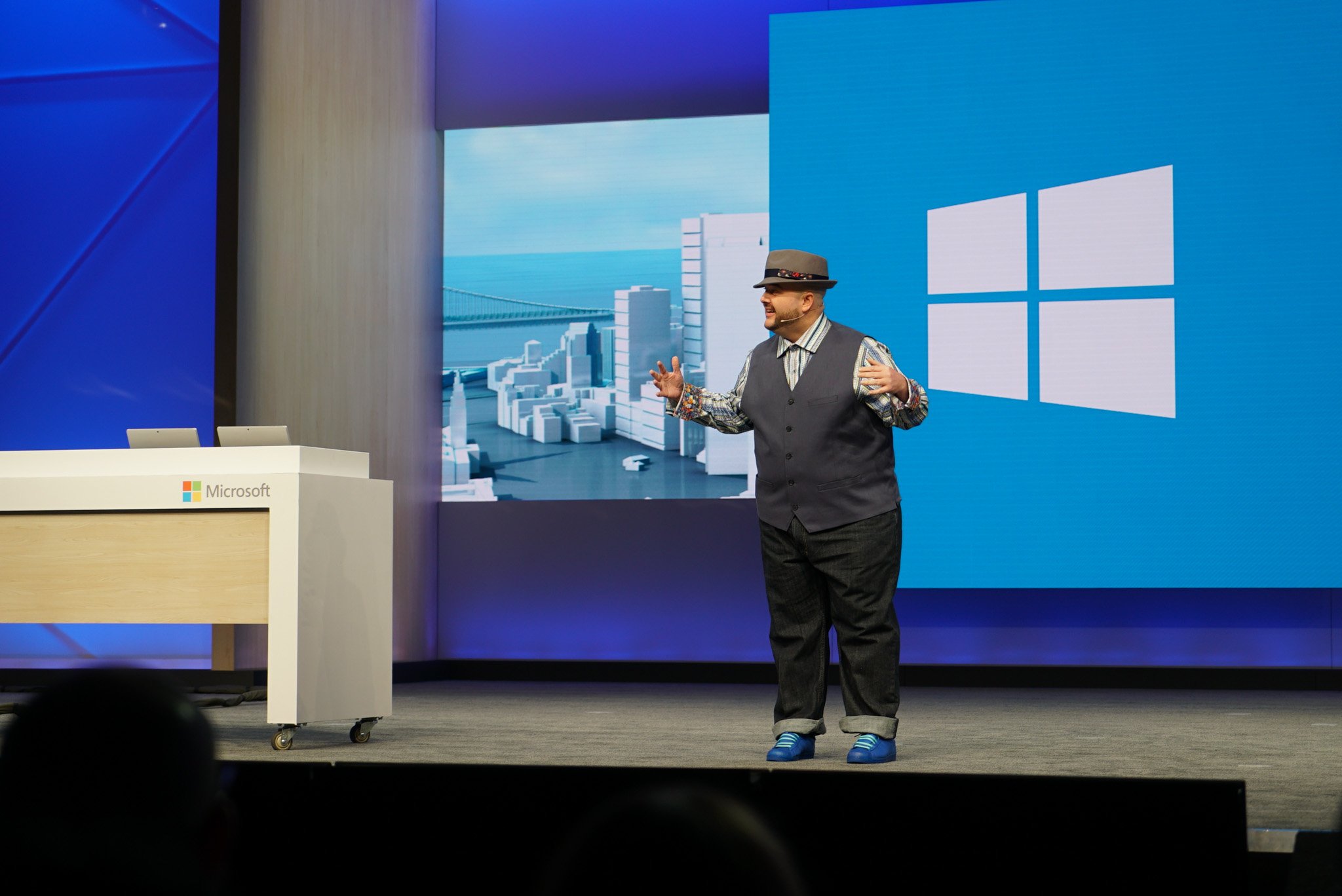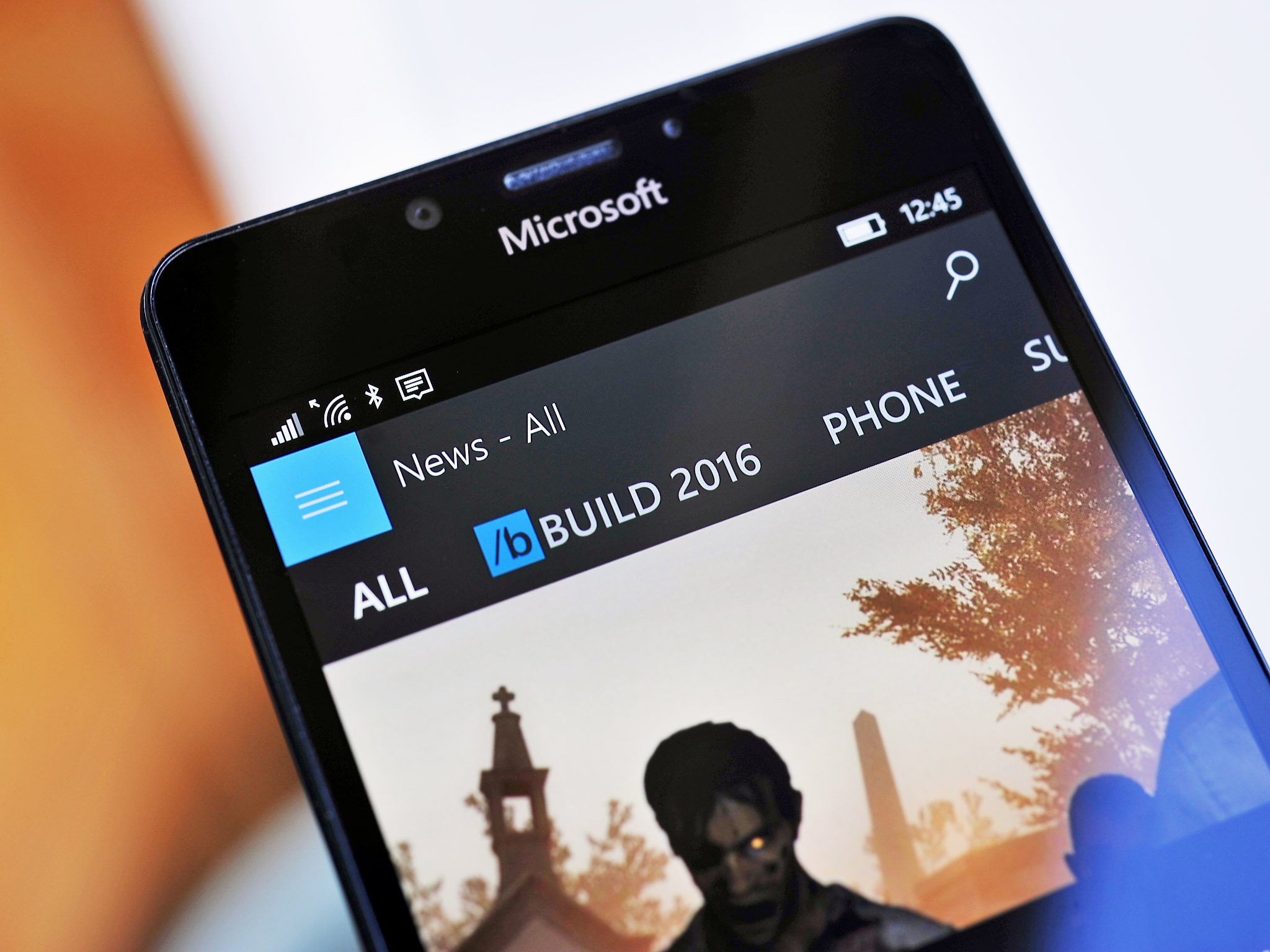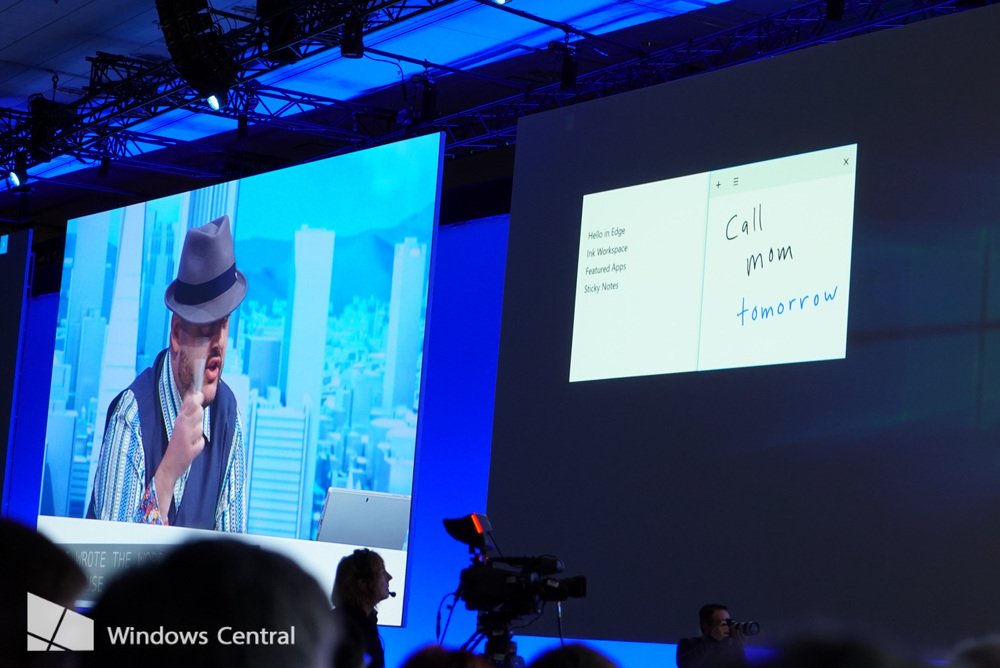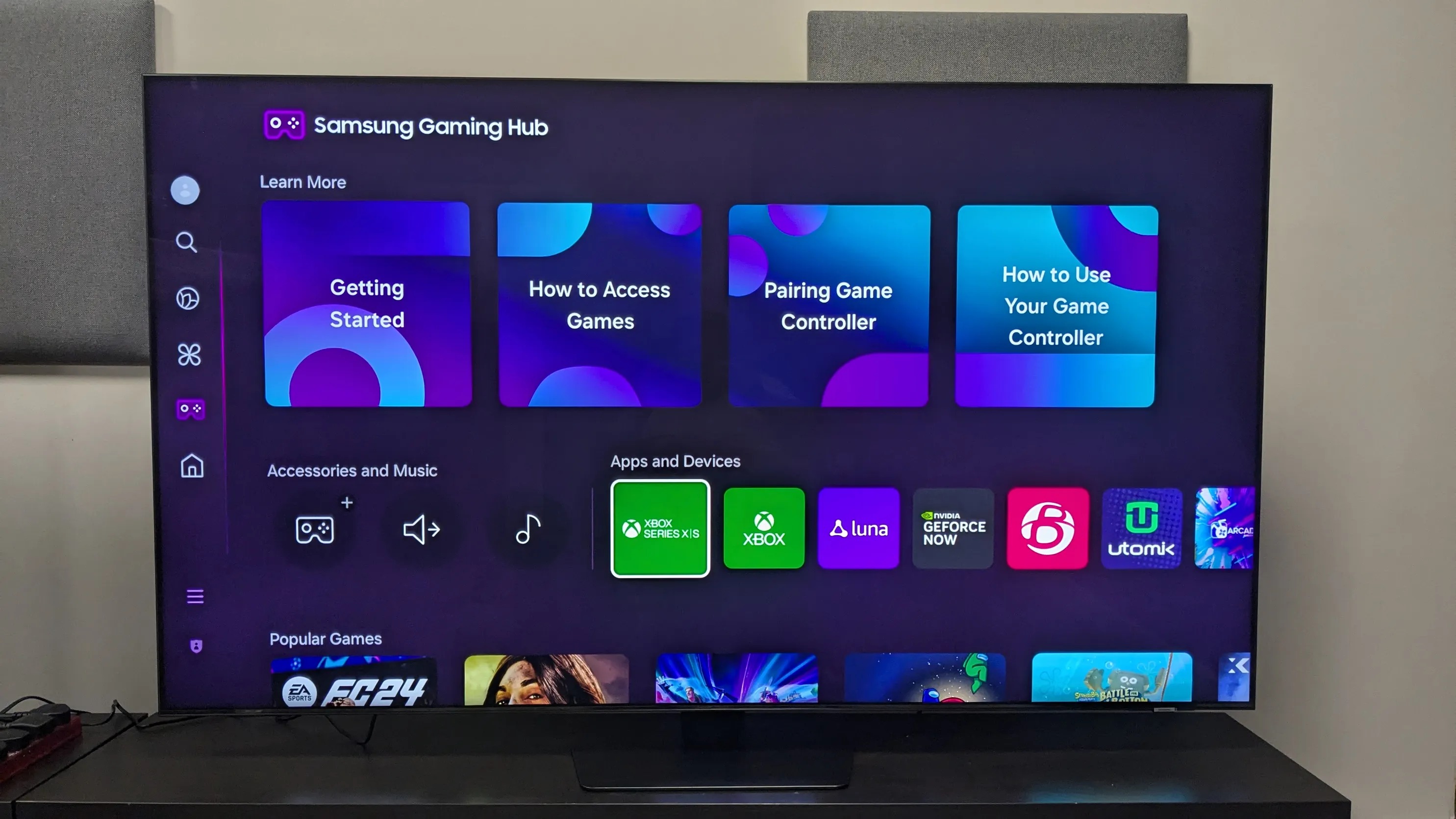Microsoft Build 2016 post-analysis (and why developers are happy again)

Last week Microsoft held their annual developer conference called Build out in San Francisco. Two high-profile keynote speeches flank the three-day event by various Microsoft executives detailing and demonstrating the vision for computing that Microsoft foresees. In between that are hundreds of mini-seminars on Windows development detailing what is new.
Before Build, I gave an outline to set expectations. I tried to drive home the point that Build's messaging is for developers and not consumers. Sure, if you are a consumer you could get a sneak peek of things to come, but this event was by no means a continuation of the hardware launch event held by Microsoft in New York City, which was 100 percent consumer facing.
After some recuperation time, I figured I would write up my thoughts about the event and a summary of announcements to put things into perspective.
What was the biggest announcements and why?

A lot (and I mean it) was announced over those two days of keynotes. Regardless, here are the things that I thought were the biggest and that had people talking. Due to the scope of the event I am likely leaving something off the list by accident.
- BASH Shell – Long story short, many developers were using Max OS X or Linux machines to do Windows and cross-platform development on because Windows 10 had no decent solution. This disparity was recently revealed with the recent Stack Overflow survey that noted 26% of developers were now using OS X (up from 22% a year earlier) and that by next year developers who use Windows could drop for the first time to below 50%.Now, developers can live in Windows full-time while coding for all platforms. Needless to say, this is a huge win for developers and Microsoft in the long term.
- Xamarin for free – Xamarin, recently acquired by Microsoft, makes developer tools that make it easy to port over apps written in C# to other platforms. It's not a 1:1 system meaning developers still have work to do with the port, but it does get a lot of the core stuff out of the way.Developers love Xamarin as the tools are highly respected. The issue is their expense. Xamarin started at $300 for a basic license but quickly jumps to a few thousand when you bump level and multiply that per developer. Many developers often had an 'Is it worth it?' discussion on the financial merits of investing in Xamarin. For large enterprises, it is a no brainer but for indie devs was a significant cost.Microsoft made Xamarin free and part of Visual Studio. Developers were thrilled. Not only are they getting these great tools for free, but Microsoft gets a lot of devs coding in C#. We call that a win-win.Combine free Xamarin with BASH and Microsoft just pulled off a massive coup. Get devs to use your platform and code in C# to port new UWP apps to iOS and Android. Oh, and you can still use Islandwood to port from iOS to UWP. Now that's a win-win-win.
- Bots - Bots are like app snippets, and Microsoft thinks they are the future of computing. Why? Because there are thousands of one-off apps out there that are unnecessary and expensive to develop and maintain.Think of an app to buy tickets for a ferry. Convenient? Sure. But how often are you using it? Bots, when combined with something like Cortana (on all platforms) can jump in to do these (trans)actions without you needing a dedicated app. Apps are cool, but a hundred apps on your phone most of which only get used a few times a year? Microsoft thinks we can do better.
- The rise of AI and 'intelligent' apps - For years, artificial intelligence, computational cog sci, computational linguistics, and more were stuck in academia. Everyone know they were the future, but not figured out how to mainstream it. The problem was cost. Any company could incorporate AI or 'intelligence' into an app as nothing stopped them from doing it. However, the company would have to hire a team of experts and code into their app a proprietary system to complete the job.At Build, Microsoft "solved" this by creating Microsoft Cognitive Services. They took the science and made it into a platform that any developer could buy into and incorporate into their app. Do You want some intelligence in your app? Just sign up and hook in Microsoft's prefabbed tools and you'll be on your way.Needless to say, Microsoft here pulled off a big advancement for computing by bringing very advanced research within the reach of a million developers if they want it.
- Digital Ink - The Surface line has always been about the power of the pen, but Microsoft never gave it the OS support it needed. At Build, the company announced open developer plugins that will let any developer add inking capabilities to their apps with just a few lines of code. Think of this move as a doubling-down on digital ink as the move will let other OEMs quickly create hardware and apps that support the new interface option.Get ready, folks, as there should be a small explosion of digital inking built into your favorite apps later this year.
- Windows 10 Anniversary Update - We all know about 'Redstone', but now it has a commercial name: Windows 10 Anniversary Update. Whether it is an updated Start Menu, chaseable Live Tiles, richer notifications, or more we now know the name of the update.The question is what do they call the next Redstone update due in early 2017?
- HoloLens is here - Announced over just one year ago HoloLens is now actively shipping to developers in a slow rollout. What makes this exciting is frankly there seemed to be skepticism that Microsoft would ship any hardware because it was too good to be true. People are used to 'concept' devices, but HoloLens just did not seem like something that could be a reality, and yet here we are.We're still a few years out before a HoloLens consumer-edition is mainstream, but make no mistake that holographic computing is a reality as of March 30, 2016. Combined with the power of UWP and now developers can start creating apps and experience for the new genre.
- Xbox apps - Starting this summer, consumers will begin to see universal Windows 10 apps on their Xbox One through the new Windows Store. Microsoft's inclusion of the Xbox One in the UWP model is very exciting.We've already heard that there are a lot of companies interested in targeting the Xbox One for apps with some big titles coming soon. Not only is that good for the Xbox it is good for Windows 10 as it is just some minor coding to get that Xbox One app onto Windows 10 for PC and Mobile.
- Xbox Live for everyone - Did you know any developer can now target Xbox Live for their games too? They can as indie developers can openly apply to get their game Xbox Live certified including achievements and notifications. Right, you still need to be accepted, but Microsoft says the bar is very low, and they are merely trying to avoid a fart app with Xbox achievements hence the minor scrutiny in the application.Expect to see a lot of new Windows 10 and Mobile games with the Xbox Live certification this year.
What was the overall vibe from developers?

Very positive. Unlike consumers, developers tend to understand all the subtle announcements and their importance to the platform. By far, the biggest announcements were about Windows 10 support for BASH and giving away those coveted Xamarin tools.
Sure, there is the usual grumbling about Microsoft needing to do this or that, but there was nothing too controversial announced that developers felt offended by this time (unlike Project Astoria from last year's Build).
Why no Windows 10 Mobile?

For some reason, people were disappointed that there was not more on Windows 10 Mobile. I and others found this complaint odd.
All the latest news, reviews, and guides for Windows and Xbox diehards.
During Build, Microsoft rarely singled out Windows 10 PC versus other platforms. That's because it is just all Windows. Whatever was announced for bots, AI, new Tile support, positional audible, Xbox Live integration, etc. goes for PC as well as mobile. There is no difference.
Gone are the days of specific sessions on Windows phone. It is no longer needed. There were plenty of sessions at targeting your app for different screen sizes, which includes phone, but Microsoft's OneCore and Windows 10 vision is universal. They mean it.
Windows 10 is universal...it's all the same now for developers
I think many of you hear that Windows 10 is universal, but you are not listening. It's all the same now and for developers, there are only a handful of differences for each targeted platform.
Let it sink in: Windows 10 and Windows 10 Mobile are co-developed, share the same core, share the same app model, and share the same Store. Stop thinking they are different. Stop expecting the phone to be treated differently.
The 'mobile' part is mostly branding, but the UWP and Universal Windows Apps are one and the same across HoloLens, Xbox, PC, tablet, and yes, phone. There is no reason to expect the phone to have unique or special features over the desktop version besides telephony-related hardware.
Any disappointments?
Considering this was not a consumer-focused event it is hard to get too upset at what was announced. Still, who wouldn't love to see interactive Live Tiles, car support, or Microsoft Pay come to the platform? There is little doubt Microsoft is working on those things, but we have more time to wait until they are announced.
Who wouldn't love to see interactive Live Tiles, car support, or Microsoft Pay?
Speaking of phone, while I'd love to see things like double-tap to wake support or more prominent features, Build simply is not the venue for those kinds of things. If a developer can't touch, modify, or integrate it, the feature has no role at Build.
Finally, some features and advancements did not make the cut for Build 2016. Some features are still coming, but it is still too early to demonstrate or talk about openly just yet.
The takeaway

Overall, Build 2016 was a fascinating changeup for the mega software company.
Windows 10 at this point is not new, but it is evolving rapidly. What was revealed this year was a refinement and improvement of developer options and tools for the OS as Microsoft continues to fill in the gaps. There are still lots of things to do, but many of the announced improvements make developer lives easier.
With Microsoft focusing on bots, AI, app intelligence, HoloLens and their UWP Build felt more like a seminar in the future of computing. But like HoloLens, many of things announced are not things that are coming in a few years. What Microsoft announced is now a reality. Microsoft already built the foundation and they just announced their availability to developers. That build out of an infrastructure is super impressive.
Build felt more like a seminar in the future of computing
For consumers, many of this year's announcements were over your heads, which is fine, after all virtually none of this was aimed at you. Still, if you can follow these advancements you would know that later this year you will see the fruits of the changes arrive on your PC, tablet, phone, and Xbox.
Assuming you read all of this hopefully, you now have a grasp on why Build is so important and why developers are pleased. If you felt disappointed as a consumer you shouldn't. If you are a Windows phone fan saddened, you were looking for the wrong things.
Microsoft developers get it as do hardware manufacturers. And what they know is that we're about to hit the next phase of Windows 10 and the Universal Windows Platform. Buckle up, because this is where things will get exciting.
Your Turn
Sound off in comments about what you thought was the biggest announcement and omission at Build 2016. How was our coverage? What do you expect next and do you think Microsoft did enough to woo developers back to the Universal Windows Platform? Go!

Daniel Rubino is the Editor-in-chief of Windows Central. He is also the head reviewer, podcast co-host, and analyst. He has been covering Microsoft since 2007 when this site was called WMExperts (and later Windows Phone Central). His interests include Windows, laptops, next-gen computing, and wearable tech. He has reviewed laptops for over 10 years and is particularly fond of 2-in-1 convertibles, Arm64 processors, new form factors, and thin-and-light PCs. Before all this tech stuff, he worked on a Ph.D. in linguistics, performed polysomnographs in NYC, and was a motion-picture operator for 17 years.
